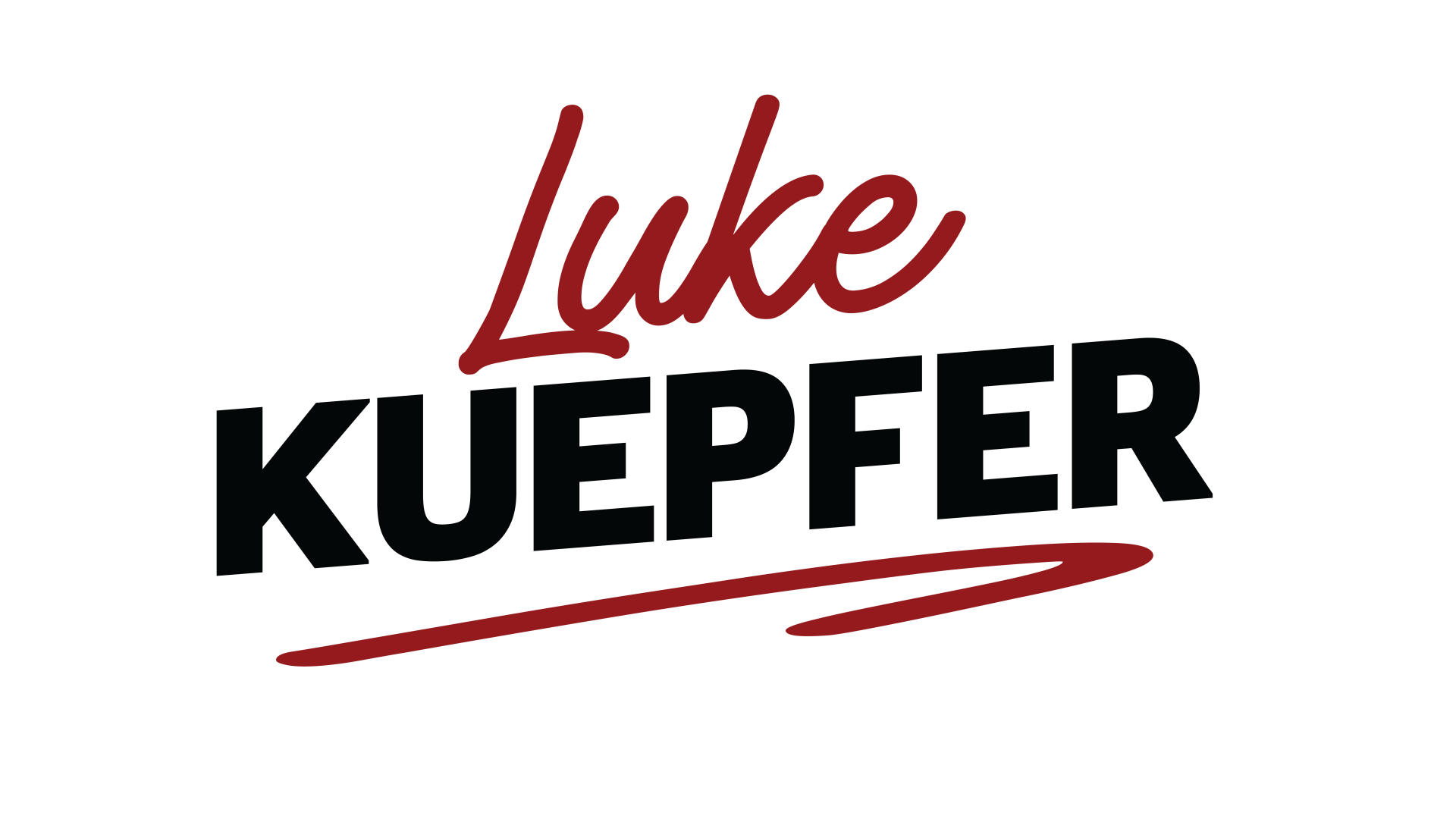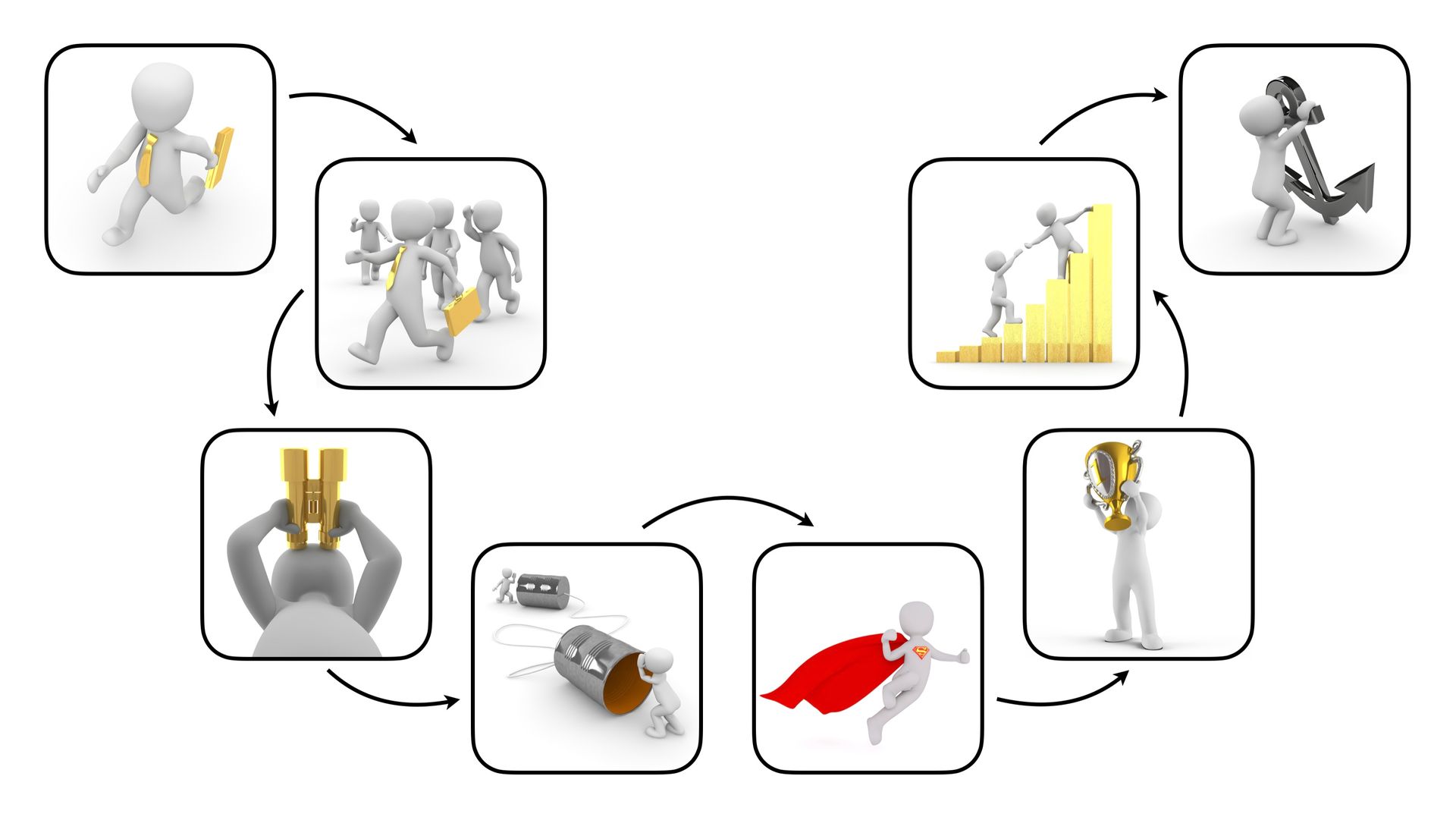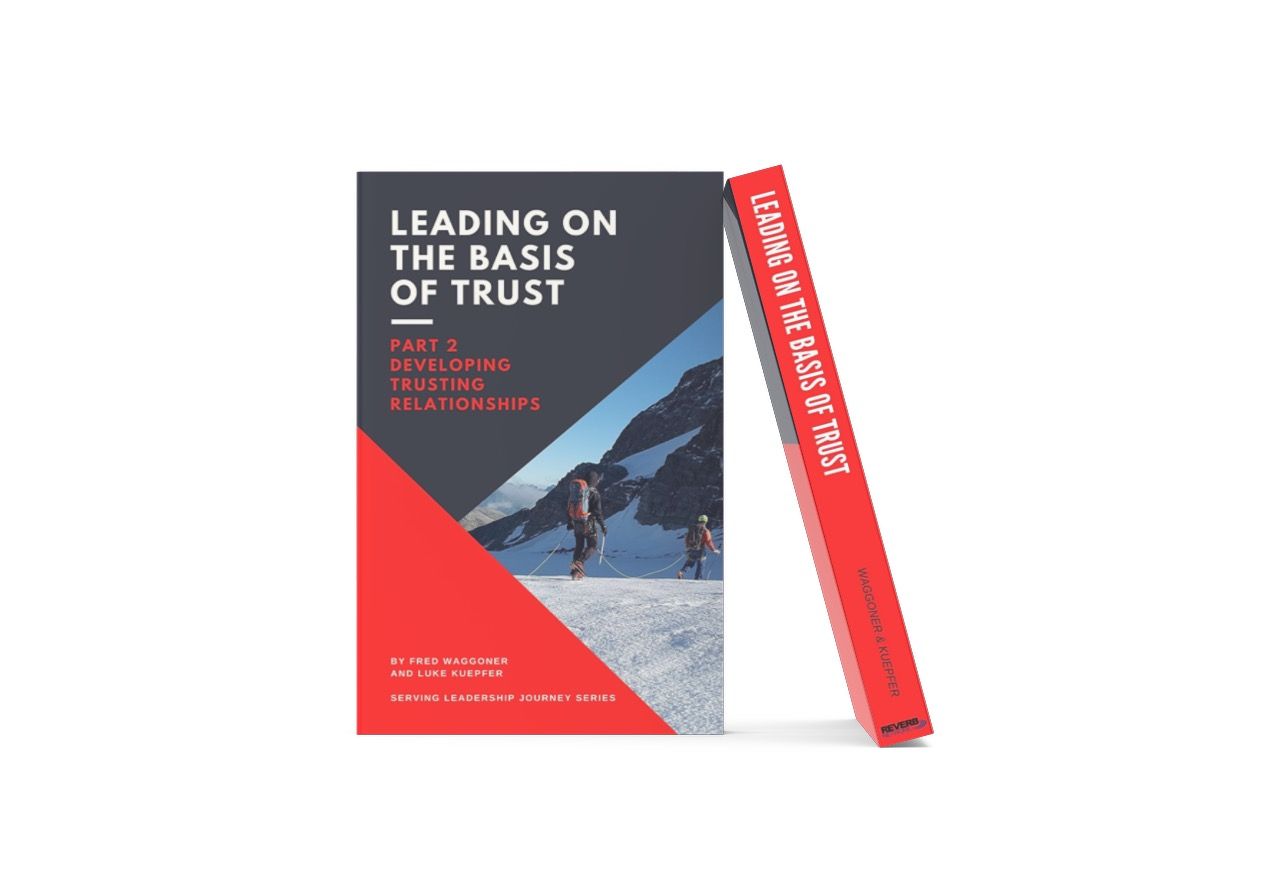Kotter's 8-Stage Change Model
Another model for change made popular by John Kotter involves an eight-stage change process. First, suggests Kotter, a sense of urgency must be established. Second, a guiding coalition or team should be formed to lead the change. Third, a vision should be created to direct the change effort and strategies developed for achieving that vision. Fourth, that vision for change needs to be communicated in every way possible to those involved. Fifth, obstacles need to be removed that might prevent the change and people empowered to take action toward the preferred change. Sixth, short-term wins need to be planned for and created, and contributors to that new change rewarded. Seventh, gains made from beginning changes need to be consolidated and more change initiated on the basis of momentum. Eighth and last, the changes need to be anchored in the organizational culture ensuring ongoing success and implementation.
A FICTIONAL EXAMPLE:
Tom Yoder owns a company with 200 employees. In the last year, he has lost revenue to his competition. His team informs him that their competitors recently upgraded their plant equipment, giving them a greater advantage with higher efficiencies and quality. Tom believes he needs to upgrade his technology to stay competitive but will need to convince everyone in the company since it will include restructuring the workforce due to automation, additional training, and general upheaval in a well-established work environment. First, Mr. Yoder needs to share with his organization loss of market share and the urgent need to make changes and get back in the game. Second, he needs to select a key team of people from all levels of his company with whom he can build trust and commitment to help him carry out the changes. Third, Mr. Yoder needs to concentrate on company values and a strategy that gets the company back into competitive gear and sell this vision to the team as they will represent it to everyone else. Fourth, he will focus on communicating that vision and strategy on a regular basis; answering questions and assuring those along the way who fear job loss or struggle with adapting to change. Fifth, Mr. Yoder and his team will analyze obstacles to the process (lack of space for automation equipment, lack of understanding and training, etc.) and remove them. Sixth, he will need to set short-term goals in the process and ensure they are achieved, creating momentum moving forward. Seventh, Mr. Yoder and the team will analyze the short-term wins and share those results with everyone, building on what they are learning. Eighth and finally, the changes must become part of the business culture with a challenge to keep innovating and creating based on the success of the current changes.















